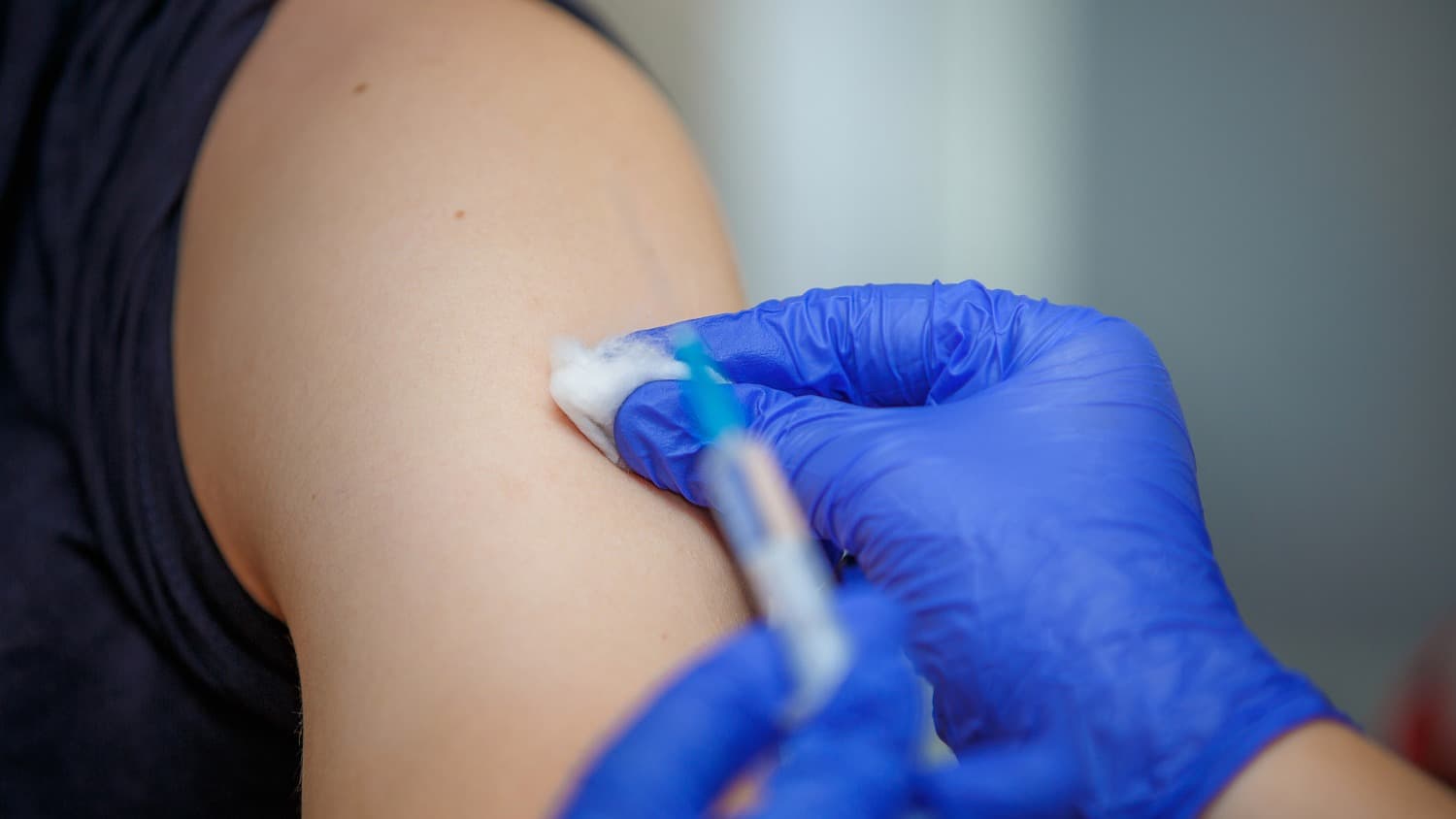
Urinary Incontinence: Factors Predicting Successful Treatment
Incontinence, when there is loss of bladder or bowel control, severely diminishes a person’s quality of life.
What’s more, the complexity of many different sub types of bladder and bowel dysfunction including urge incontinence, stress incontinence, overactive bladder, underactive bladder, urinary retention, fecal incontinence and others, has led to a complicated thicket of treatment options without clear consensus.
But sacral neuromodulation (SNM), a simple placement of a tiny pacemaker-like device, appears to simplify the treatment and provide enviable results by restoring control and quality of life across a range of conditions.
This form of treatment is FDA approved for bladder incontinence, bowel incontinence, and overactive bladder, and it may prove to be a simpler and more effective treatment for other related bladder conditions as well.
Little formal research adequately compares the results of different treatment interventions with clear head-to-head comparison groups. But our experience at The Continence Center is that neuromodulation provides relief of symptoms with a simple, less invasive outpatient procedure.
SNM and Surgery, Compared
What is frequently lost in the academic discussions is that sacral neuromodulation is often compared with surgery and is thought of as an advanced or “third line” therapy.
But should it really be held back and reserved for individuals only after everything else fails?
While sacral neuromodulation does involve a procedure, that’s where the common points with surgery end. Sacral neuromodulation is far less invasive, consisting of a 25-minute procedure under local anesthetic with some needle pokes and a half-inch incision to slip the device under the skin.
The side effects are therefore minimal. If, in a truly rare case, the device was causing a side effect or not delivering the hoped-for results, one could simply turn it off and ignore it. In the absolute worst case, it could be easily removed with another 20-minute procedure.
There is no mesh or material interfering with the vulnerable tissues of the bladder or urethra, there is no general anesthesia required, there is no side effect of causing obstruction to bladder emptying. So, we must think of it in a different category than surgery since it is significantly less invasive and simpler, safer, with little downside compared to surgery.
Parsing Data from Academic Studies
Another important consideration is that the academic studies generally compare the results of SNM in a very broad, generalized way, often using reported results from combinations of published studies. Yet there is a tremendous range of success based upon the precision with which the neuromodulation lead is placed, and the experience of the surgeon.
In a recently published article, the review of 87 published studies showed that factors such as age, prior surgery, spine or back surgery, and a host of other parameters were not predictive of the success of therapy.
This is somewhat surprising since doctors often refer to those factors to explain the variation in results of treatments. There is not yet a consensus method of measuring the precision of device placement, a key factor we have seen evolve at The Continence Center as determining success.
The Bottom Line
In our experience at The Continence Center, bowel and bladder leakage are best treated with evaluation to exclude specific causes, followed by a program of pelvic floor exercise therapy, behavioral education, and sacral neuromodulation for most cases.
It’s a strategy that delivers over 90% success in therapy.Providing sacral neuromodulation as the cornerstone therapy offers the distinct advantage of avoiding chronic daily medications whose cost and side effects are now widely known, and avoiding invasive surgery which offers lower effectiveness with higher rates of potential complications.
If symptoms of incontinence are impacting your quality of life, it’s important to understand that you have options for resolving them.
Learn more about SNM by contacting The Continence Center at Sasse Surgical in Nevada.
What treatment methods of incontinence are you familiar with? Have you tried them yourself? What were the results? Have you been treated with sacral neuromodulation? What did the invasion feel like and what were the results?
Tags Medical Conditions






